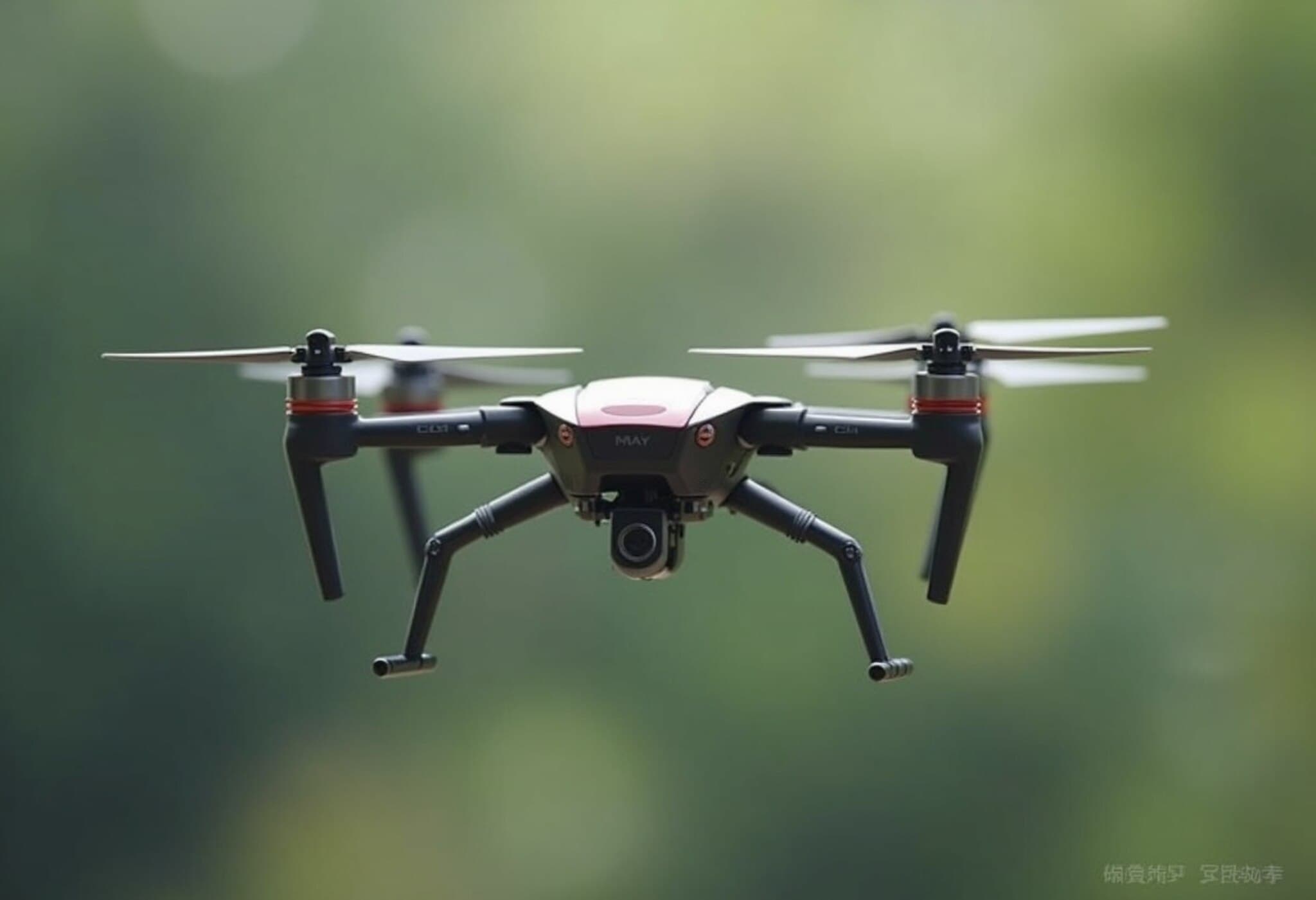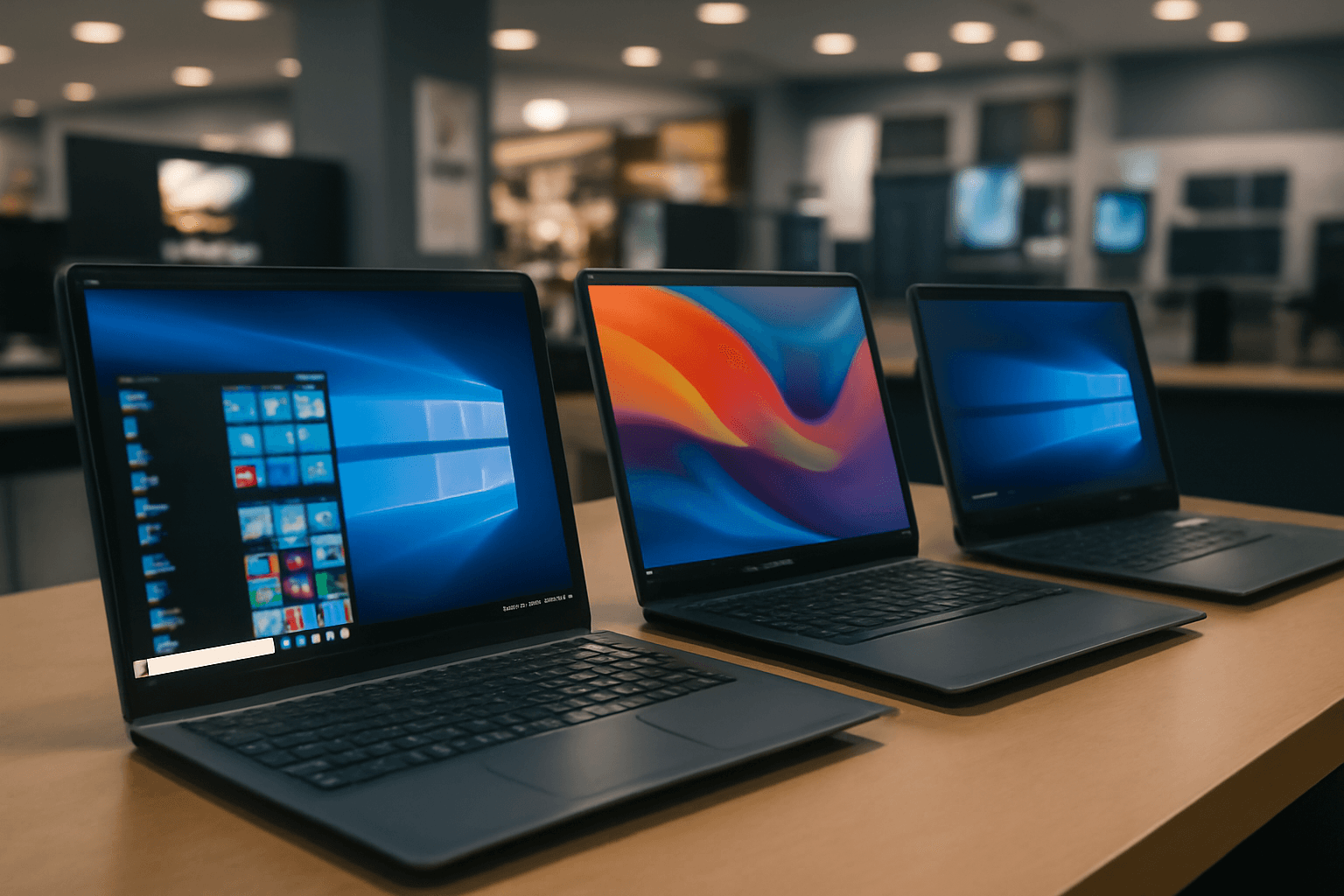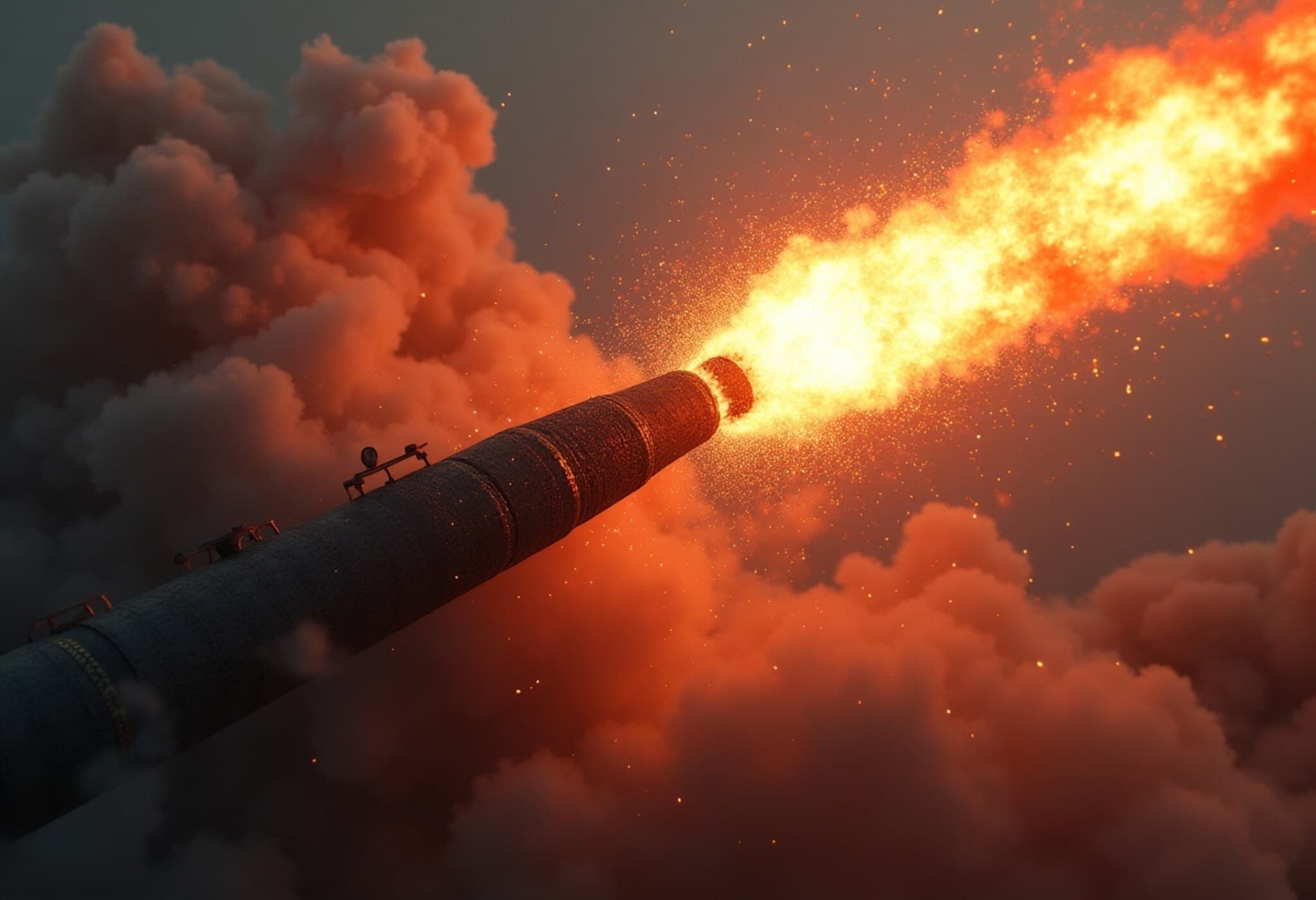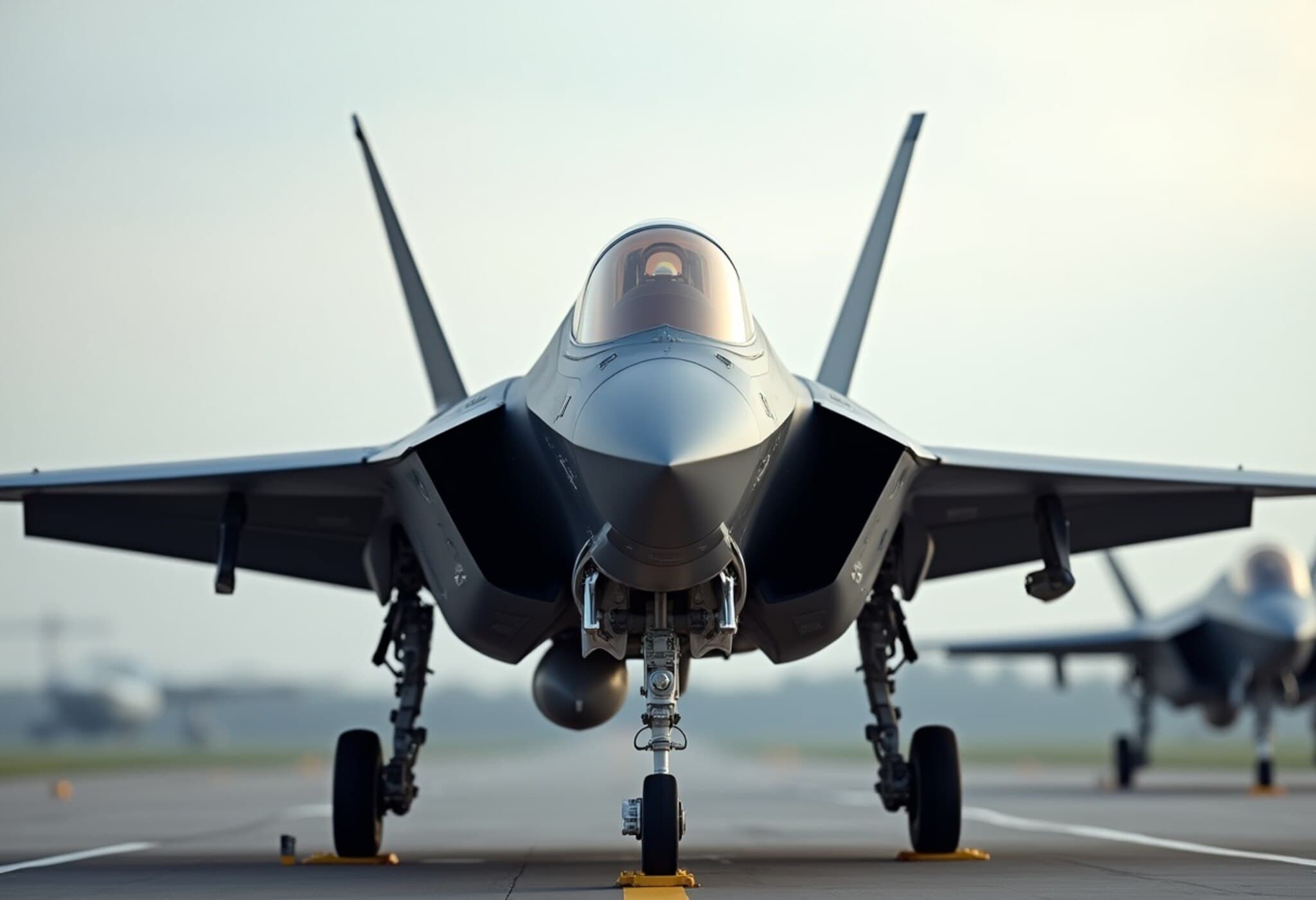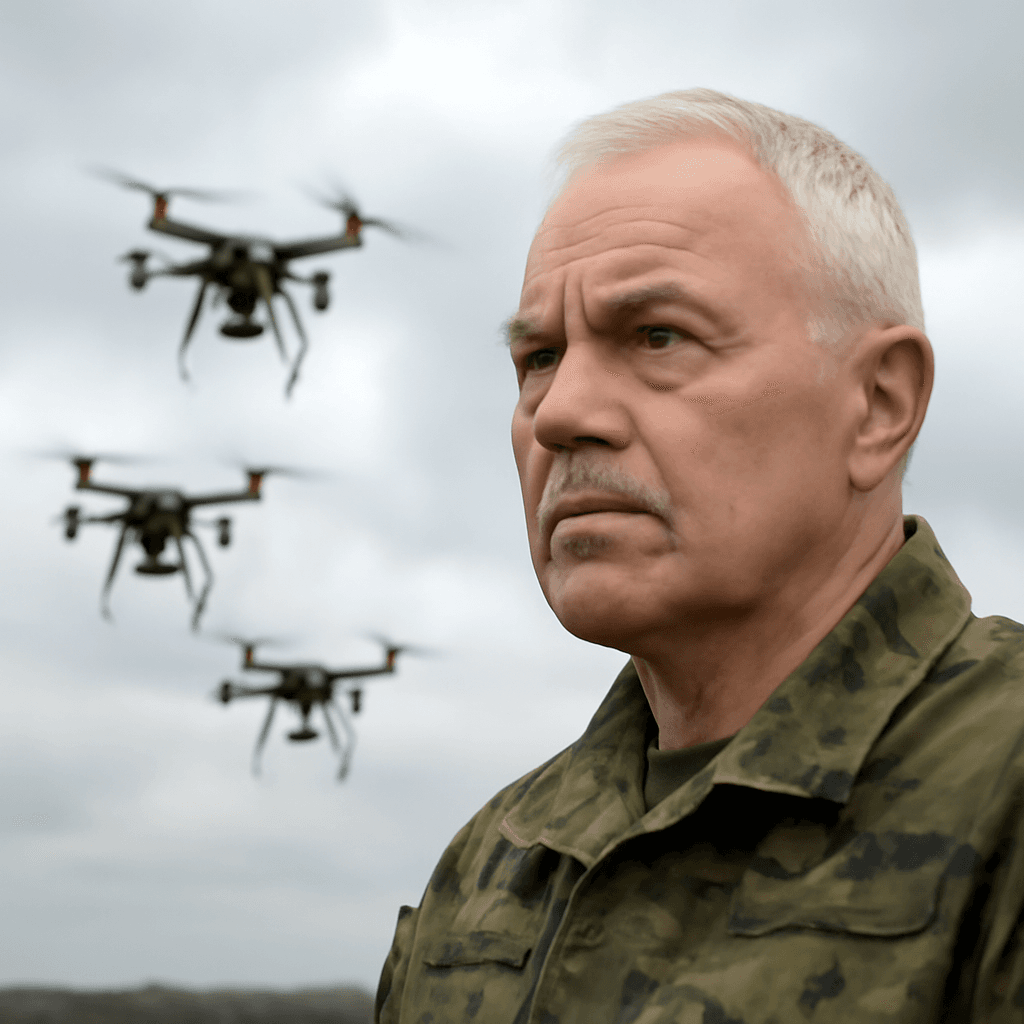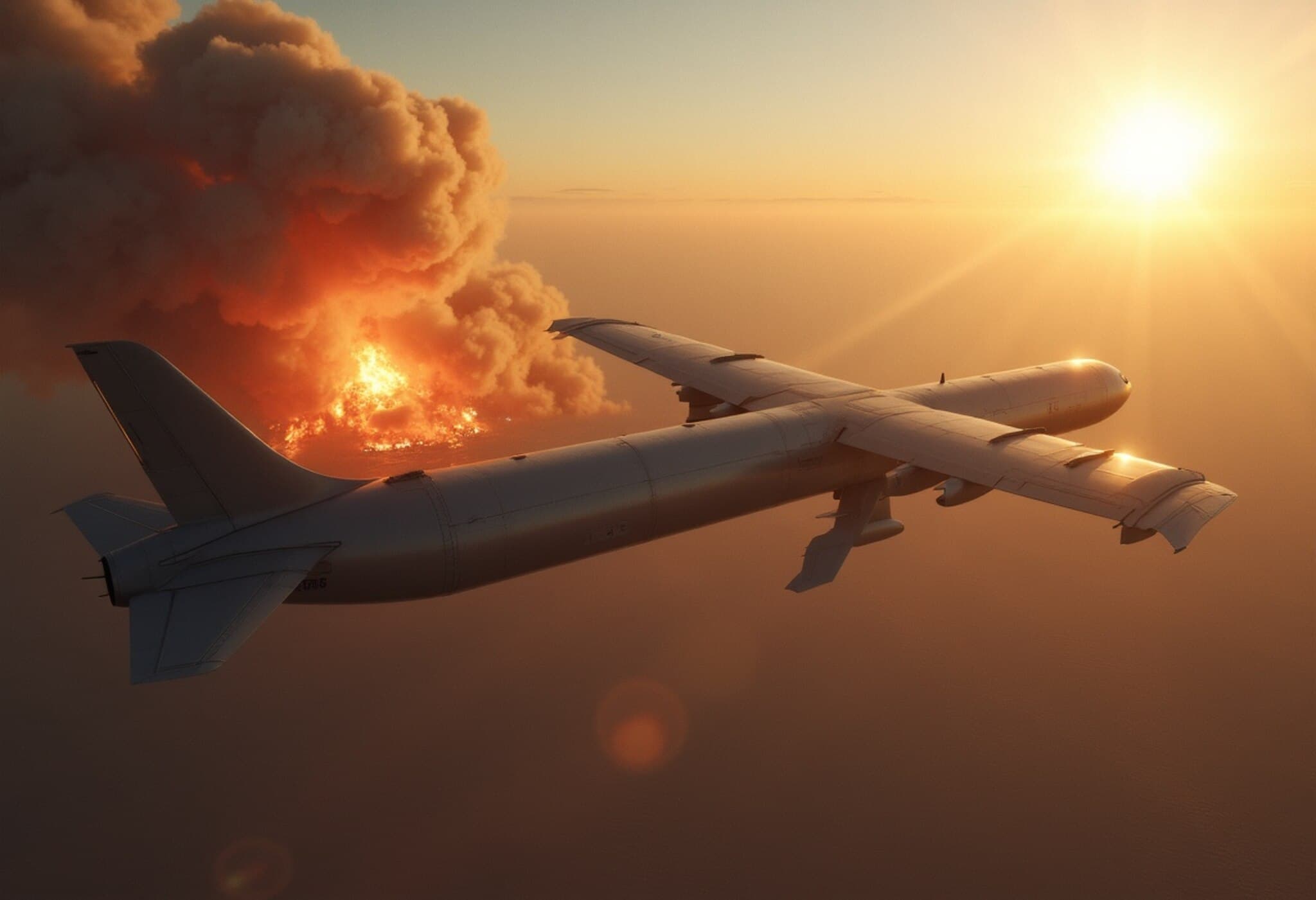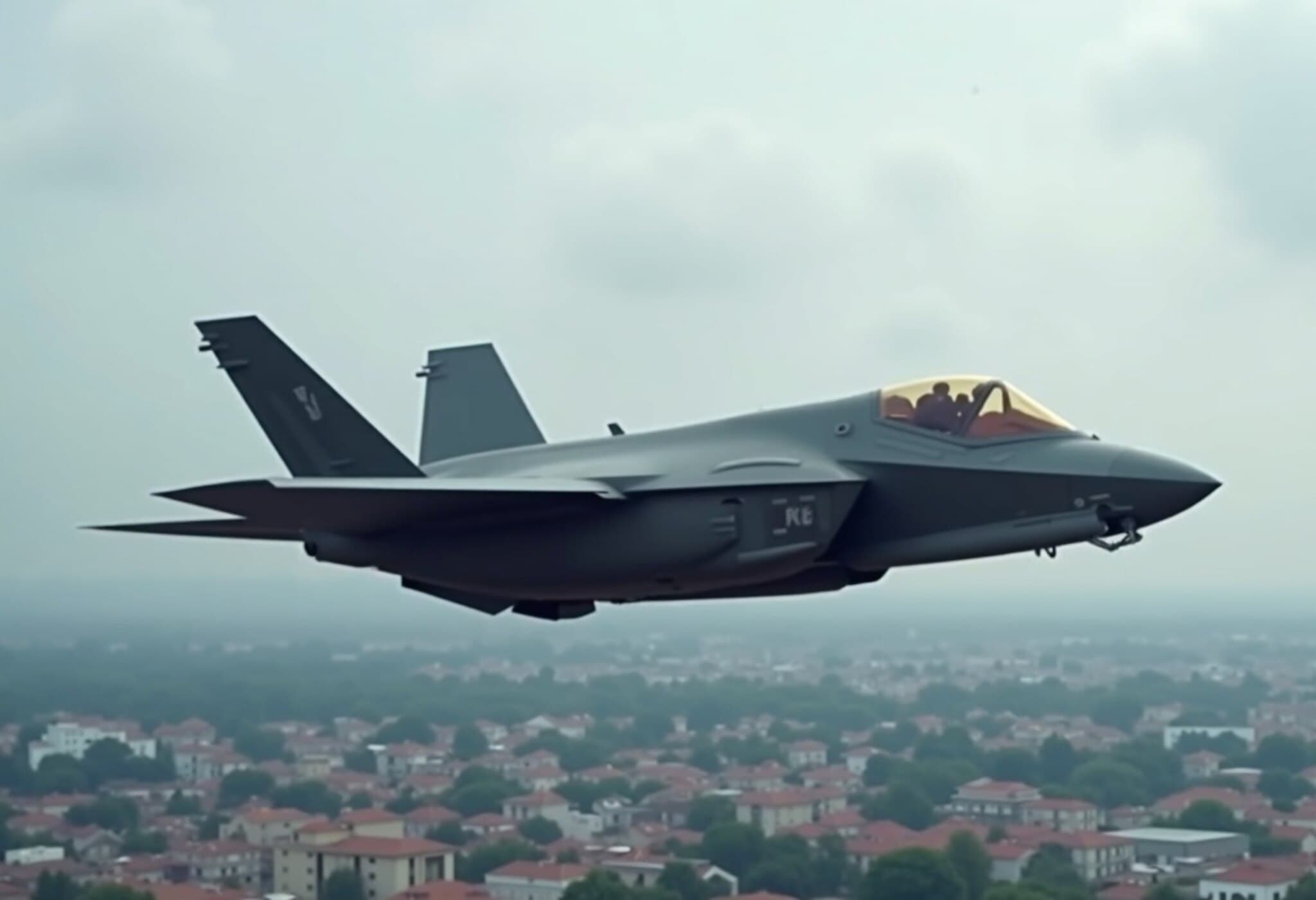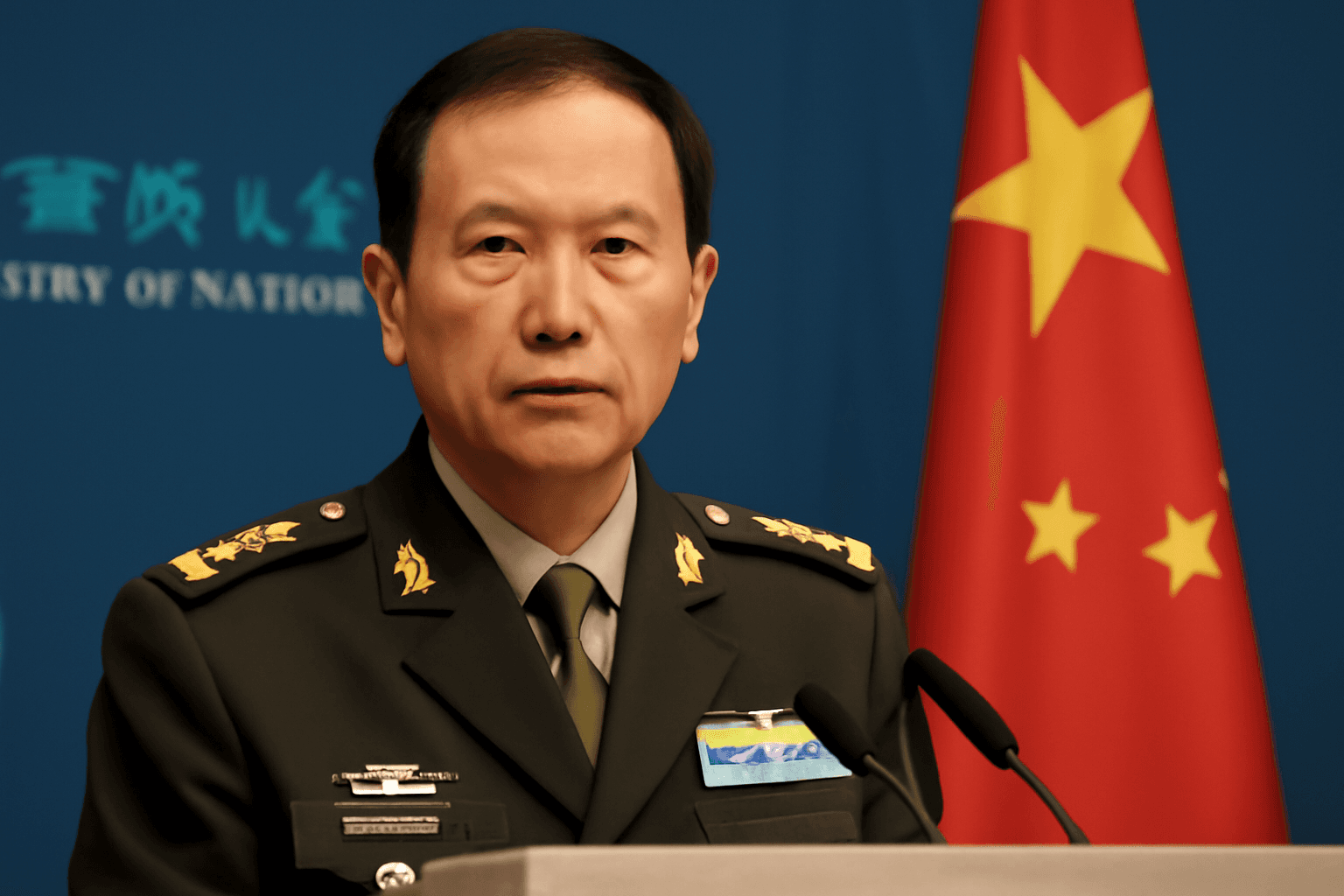China Develops Mosquito-Sized Drone for Covert Military Missions
In a remarkable leap for military technology, Chinese scientists have engineered an extraordinarily tiny drone modeled after a mosquito. This micro-sized flying robot, developed by the robotics lab at the National University of Defence Technology (NUDT) in Hunan Province, is designed primarily for stealthy reconnaissance tasks.
Design Inspired by Nature
The drone measures about 1.3 centimeters long, closely resembling the size and shape of an actual mosquito. Its structure includes two delicate, leaf-like wings and three slender legs, giving it an almost lifelike appearance. Controlled remotely via smartphone, the drone boasts a pair of flapping wings that enable agile and silent flight, making it exceptionally difficult to detect in hostile environments.
Potential Game Changer in Military Operations
Miniature drones like these are poised to revolutionize battlefield reconnaissance and intelligence gathering. Their small size allows them to penetrate areas that larger drones or human operatives cannot access, making them invaluable for covert surveillance without alerting adversaries.
- Monitor enemy movements discreetly.
- Carry out information gathering for battlefield decision-making.
- Operate undetected in complex terrain or urban rubble.
Applications Beyond the Battlefield
Beyond military use, these micro-drones could serve critical roles in disaster response scenarios. Their ability to navigate through debris can aid in locating survivors trapped after natural calamities such as earthquakes. Additionally, equipped with specialized sensors, they may be used to assess environmental conditions including air and water quality in inaccessible areas.
Technological Challenges and Future Outlook
Despite their impressive design, micro-drones face inherent limitations:
- Payload constraints: The drone’s tiny frame reduces the capacity to carry heavy or multiple sensors.
- Short flight duration: Small batteries limit operational hours before recharging is necessary.
However, advances in battery technology, improved lightweight sensors, and integration of artificial intelligence promise to overcome these challenges, enhancing endurance and autonomous capabilities. This progression could soon make such drones indispensable tools not just for military forces but multiple civilian sectors.
Surpassing Global Competition
China’s breakthrough underlines its commitment to leading the field of micro-robotics in defense innovation. As experts note, the near invisibility and ease of deployment of such drones provide a strategic advantage previously unattainable, pushing the boundaries of modern warfare tactics.
In essence, China’s mosquito-like drone signals a future where surveillance and reconnaissance become more subtle, effective, and versatile, reshaping the dynamics of military intelligence and beyond.

